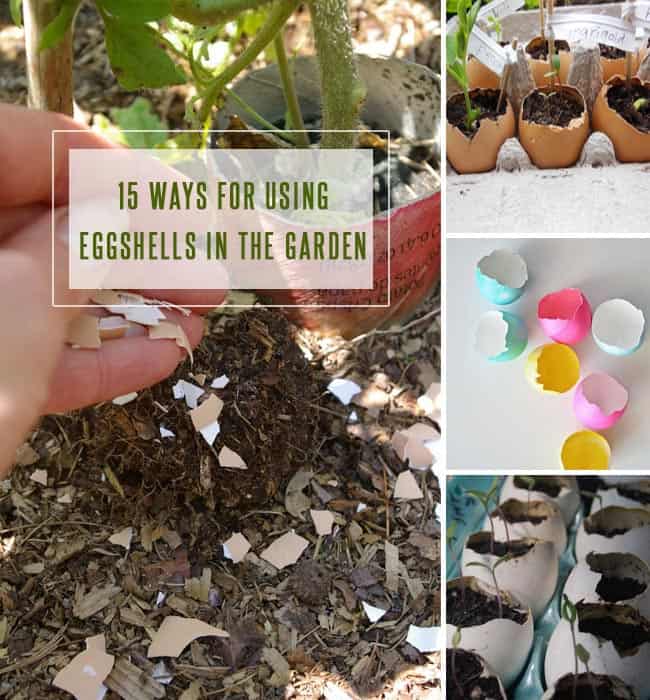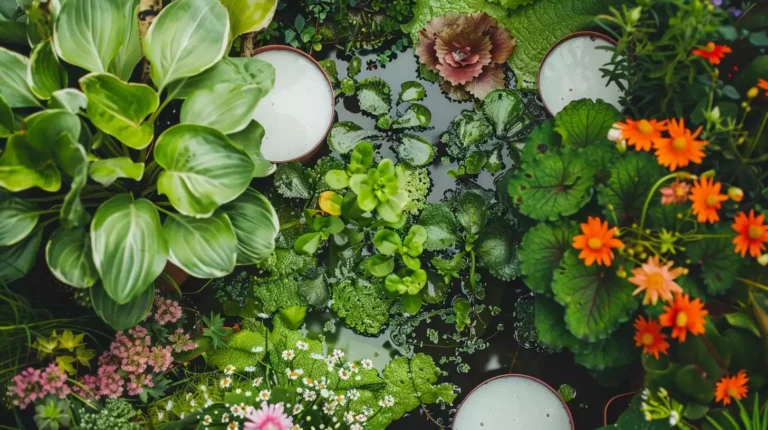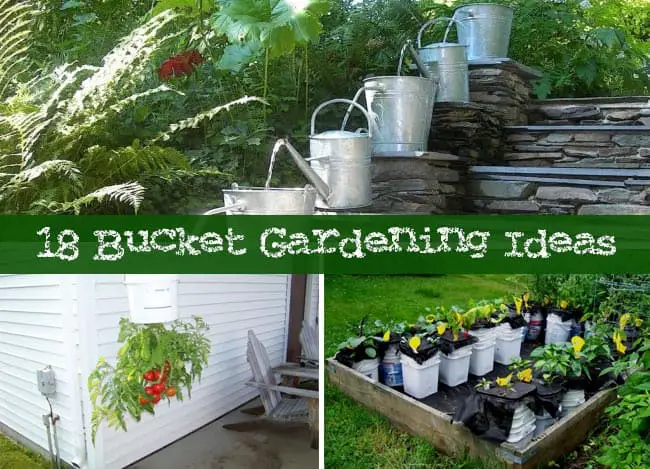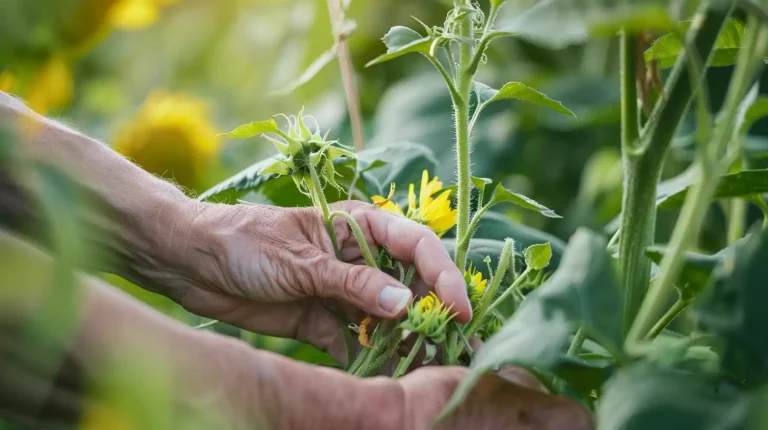Using Aquarium Water for Plants : How to Irrigate Plants with Fish Tank Water
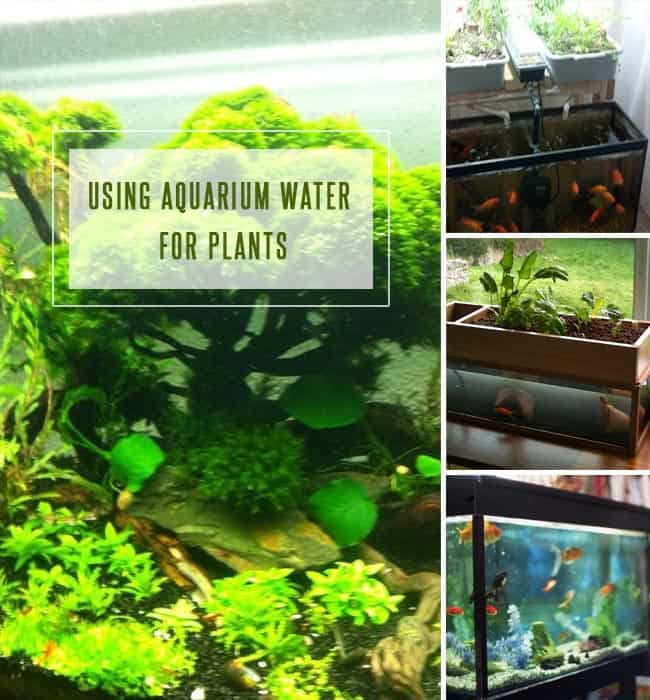
Using aquarium water for plants is definitely possible. Find out how this can be made possible by reading this article.
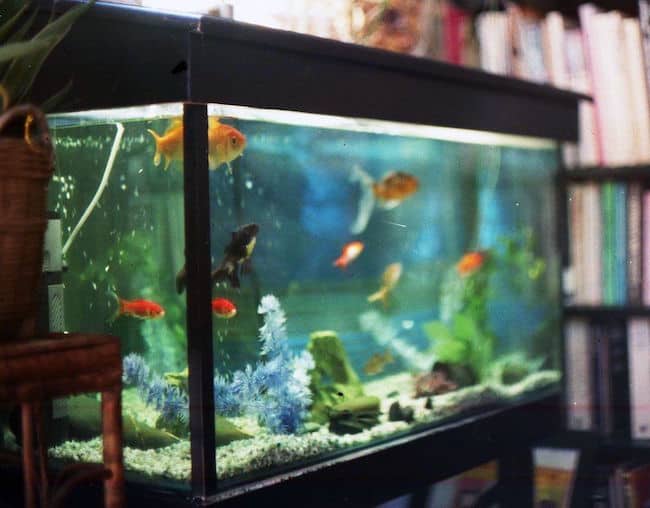
Image Credit: Unfinished Man
For those who have aquarium at home, then you definitely know how important it is to clean it in a regular basis. But do you know that you can actually use that excess water after cleaning to water your plants? In fact, more and more people are doing it. The process is called Aquaponics. Aside from saving water, it comes with several other benefits too.
Benefits of Using Aquarium Water for Plants
As mentioned, using water from the aquarium can benefit your plants in so many ways. For one, all the fish poop can serve as fertilizer for the plants. Aquaponics is actually a type of agriculture that will treat the fish poops to be used as fertilizer for plants. In this method of gardening, there is a pump at the bottom of the tank. When turned on by a timer, it will convert the fish poop into nutrients to be fed into the plants. Moreover, those uneaten fish food can also serve as food for your plants.
What Is Aquaponics?
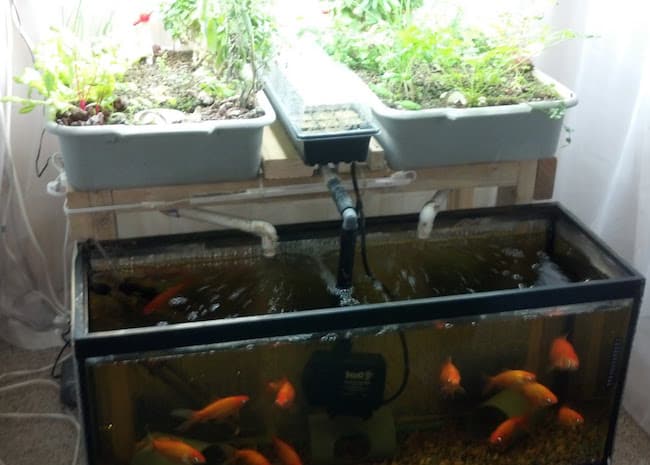
Image Credit: Youtube
As mentioned, aquaponics is a type of agriculture that will convert the fish waste or fish poop to plant fertilizer. There will be a pump at the bottom of the tank that will take the fish waste to be converted to fertilizer when the timer is turned on. On the other hand, this process makes the aquarium water cleaner, which will in turn benefit the fishes. This is an entirely symbiotic ecosystem where you will never need to change out a carbon filter. As you know, changing carbon filter is one of the most annoying things about cleaning a fish tank.
Also Read: 18 Creative Jeans uses in the Garden
Things You Will Need
By now, you’re probably interested to learn how to use aquarium water for vegetable garden. Before you start, here are the things you will need for this project.
Fish Tank
The tank can either be made of plexi-glass or glass. Use any other clean container if you don’t want to spend for a new aquarium. For instance, you can use a barrel or a bucket. It should be enough to hold up to 20 gallons of water. Remember that the larger your tank, the larger grow bed area you will be able to support. As a rule, a ten gallon of fish tank water is needed to support up to two square feet of growing area.
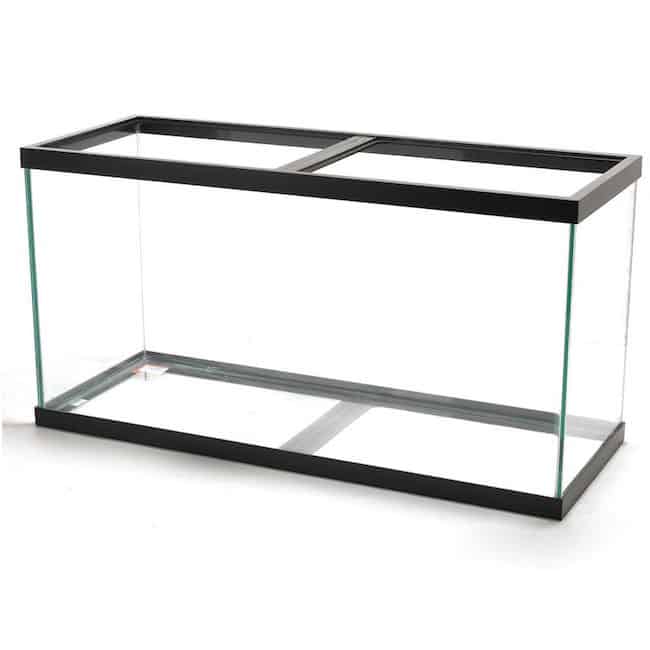
Image Credit: Vignette4
Gravel for the bottom of the tank
The gravel is where the nitrifying bacteria will go. This is what converts the ammonia to nitrite and into nitrate that will serve as fertilizer to the plants. Most of the pet shops sell colored or natural gravel for aquarium. Wash the gravel thoroughly before using since it’s usually dusty. Furthermore, unwashed gravel will cloud the water of your tank.
Pump and Tubing
Use a small water pump to pump water off the fish tank and into the grow bed. When the water is pumped towards the grow bed, it will feed gravity back into the tank. Use enough tubing in order to go from outlet of the pump to the top of the grow bed and then form a circle in it.
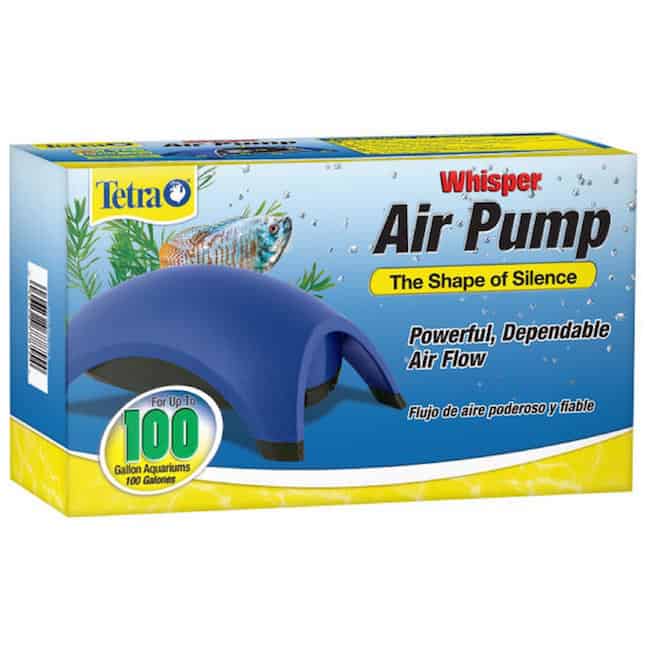
Image Credit: Petco
Air pump, Air stone and Tubing
Use an air pump to blow the air into the water tank for both the plants and fishes. The tubing will connect the air pump to the air stone right at the bottom of the fish tank. The air stone will break the stream of bubbles that comes from the air pump and into the micro bubbles, thereby increasing the oxygenation of water.
Grow Bed
When it comes to using aquarium water for vegetable garden, you will need to have a grow bed. This is where the vegetables will grow and this usually sits right above the tank. Make sure the grow bed is slightly bigger than the overall width and length of the tank. The bed will be filled with vegetables and other plants you intend to grow in. You can use a garden planter or any plastic container that can sit right above the tank. It should have a depth of 3 to 8 inches.
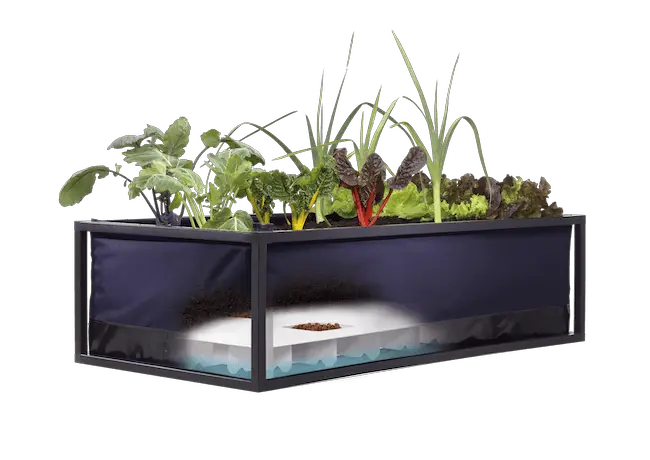
Image Credit: Noocity
Growing Medium
You need a growing medium when it comes to using aquarium water for plants. This is a porous and chemically inert material that will hold the plant roots and will help to maintain the plant’s moisture. This usually comes in the form of expanded clay pebbles, perlite, peat moss, pea gravel and coconut coir. Gather enough of these to fill the entire grow bed.
Fish and Plants
Of course, the most important components in your Aquaponic system are the fishes and plants. The fishes will provide nutrients for the plants. On the other hand, the plants will help purify the tank water by consuming the nutrients.
Also Read: How to Propagate Cacti and Succulent Plants
Step By Step Process
Now that you have all the materials ready, follow this step by step process on how to use fish tank water for plants.

Image Credit: Styfisher
• Wash the gravel thoroughly and place them at the bottom of your fish tank.
• Drill holes at the bottom of the grow bed in every two square inches. The holes should be about 3/16 inches in diameter, enough for water to drain to the tank. At the back corner of the grow bed, drill a hole about 1/2 inches. This is for the tubing to pass through.
• Place the water pump at the fish tank. Next, set the grow bed above the tank. Feed the tubing into the water pump and through that 1/2-inch hole you drilled. Leave enough tubing, enough to extend for about 3/4 of the height of the grow bed. Make it to loop around the inside of the grow bed. Cut any excess tube and then fold the end. Seal the folded end with the use of an electrical tape.
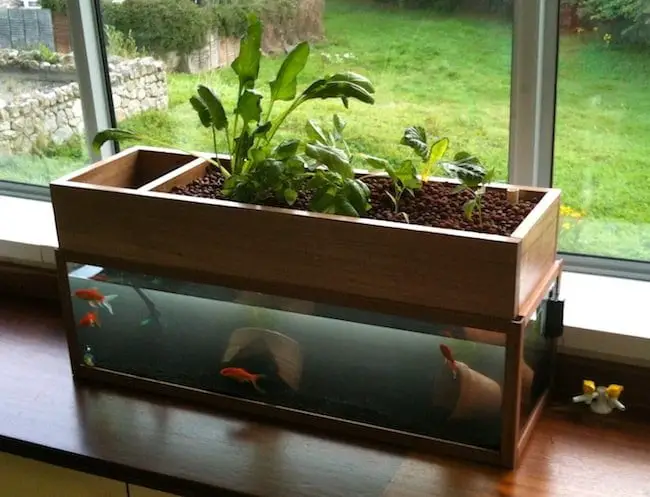
Image Credit: Pinterest
• Start filling the grow bed with growing medium to just below the top of the water tube. Next, punch in small holes in every two inches at the section of the tubing that will loop into the grow bed. Afterwards, cover the loop of the tubing with up to two inches of the growing medium. Finally, fill the tank with water and plug in the pump to ensure that water is pumped right into the bed. Depending on the size of your grow bed, your fish tank and pump, you might need to adjust the flow of water.
• Connect the air pump into the air stone along with the air tubing. Then, place the air stone at the tank and plug the air pump in. There will be a steady stream of bubbles that will rise into the water, providing enough fresh air.
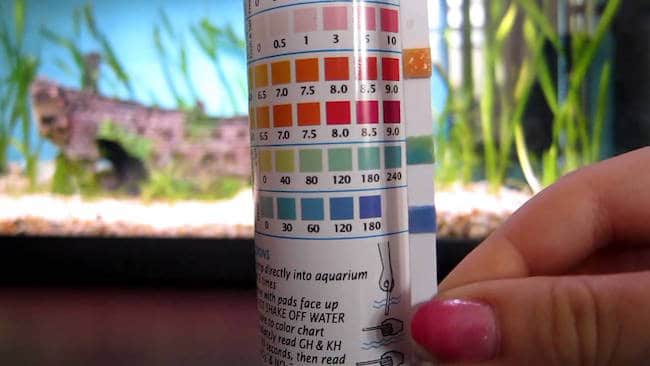
Image Credit: Youtube
• Check the pH level of the water using a pH test kit or a litmus paper. Purchase the kits or litmus paper from your local hardware store and pull supply centers. When you use fish tank water for plants, the ideal pH level of water should be 7.0. If it’s more than 7.2, then you must lower the pH down and if it’s below 6.8, then you should increase the level up.
• Allow the tank to sit for at least 24 hours to ensure that the chlorine will dissipate well from the water. If you need to stock your fishes right away, then use a chlorine remover. You can buy this at your local pool supplies store.
• Add the fishes to your fish tank. To start with, light stock your tank with about 1/2inch of fish for every gallon of water. Eventually, once the system has established well, increase the fish density to about an inch for every one-gallon of water.
• Wait about four weeks to add plants into your Aquaponic system. However, if you’re eager to plant, add just a few plants and seeds. Increase the planting density after a month or so.
Also Read: How to Reuse Buckets in your Garden
Maintain Your Aquaponic System
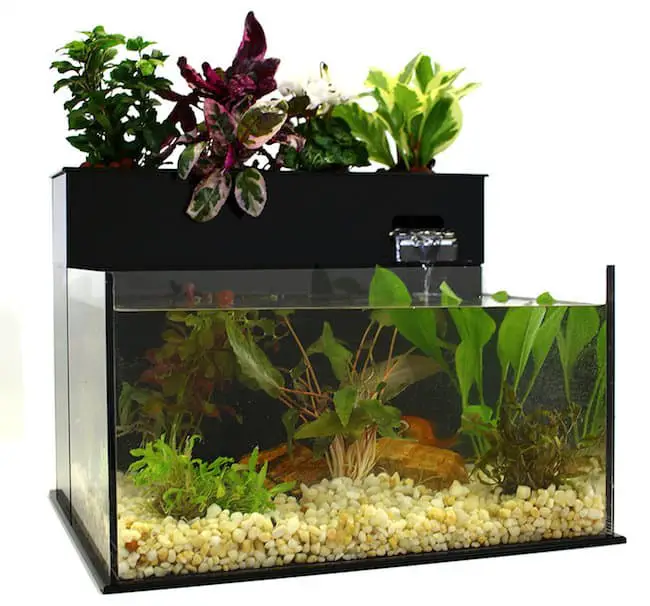
Image Credit: Pinterest
Feed your fishes regularly. As with any aquarium, small but frequent feedings is better than few large feedings. Except if you’ve got a really huge tank, a pinch of food might just be enough. Do not feed more than what the fishes could consume in five minutes. Moreover, refill the fish tank to the top with water after every few days. Siphon the water off the tank and replace with fresh water at least once in a month.
If you are fond of fishes and plants, then this Aquaponic project would be ideal for you. As you see, using the aquarium water for plants is pretty easy.


